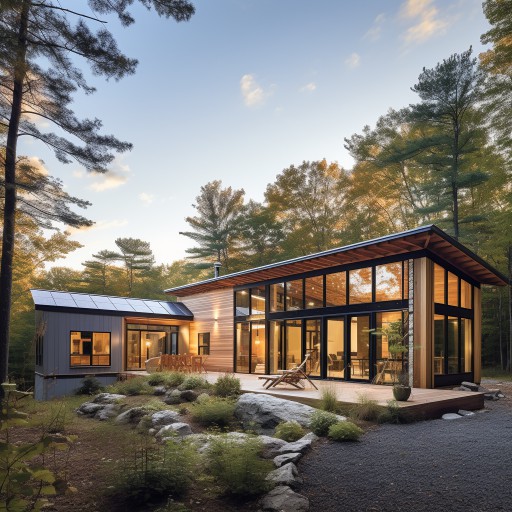The Ultimate Guide to Making Your Home More Energy Efficient

co-founder
- Home Energy Audit: Your First Step
- Insulation and Sealing: The Silent Protectors
- Energy-Efficient Windows: A Clear View to Savings
- HVAC System: The Heart of Your Home
- Energy-Efficient Appliances: Smarter Choices for Your Home
- Renewable Energy: Harnessing the Power of Nature
- Landscaping: Your Natural Ally for Energy Efficiency
- Water Conservation: Every Drop Counts
- Energy-Efficient Lighting: Let There Be (Efficient) Light
- The Bottom Line: Making Your Home More Energy-Efficient
Becoming a homeowner is a significant milestone, filled with a sense of pride and freedom. However, this milestone also brings new opportunities, such as making the important decision to improve your home's energy efficiency. This is especially important today, with the need for homes to decarbonize, both for our planet as well as to reduce our reliance on our energy ulities. With the advancement of technology and the growing awareness of our environment, energy-efficient homes have become more attainable than ever. In this guide, we'll walk you through the essentials of creating a more energy-efficient home, from the initial energy audit to the selection of appliances and technologies that reduce energy consumption. Create an EcoHome Project now to start planning your journey toward a more sustainable lifestyle.
According to the EIA, the average home in the US uses 886 kWh per month, but the expansion of renewable energy in the US is expanding, just not quickly enough (so far solar is forecast to be up 23% this summer according to the EIA). But generating more electricity is only part of the solution. We can get more bang for our buck and drive down costs further by doing more with less.
That's where home efficiency comes in.
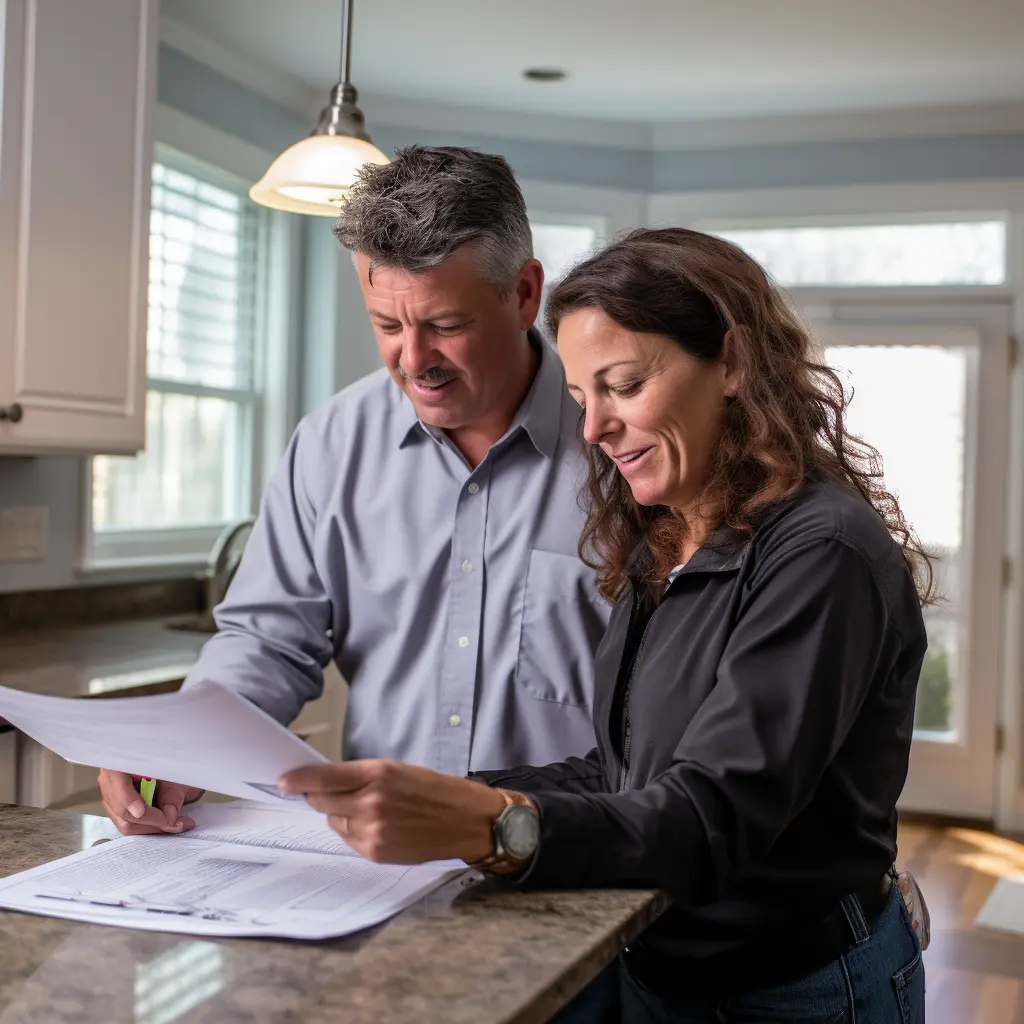
Home Energy Audit: Your First Step
Starting your energy efficiency journey begins with a comprehensive home energy audit. This step is essential to understanding how much energy your home uses and identifying areas where you can make significant energy-saving improvements.
A professional auditor will thoroughly inspect your home, examine your past utility bills, and perform various tests such as a blower door test and a thermographic scan. These tests will detect areas of air leakage and inadequate insulation, which are common culprits for energy loss.
Once the energy audit is complete, the auditor will provide a detailed report on your home's energy use, pinpointing areas where improvements can be made. The report will also provide recommendations on cost-effective measures to reduce energy consumption and improve comfort in your home.
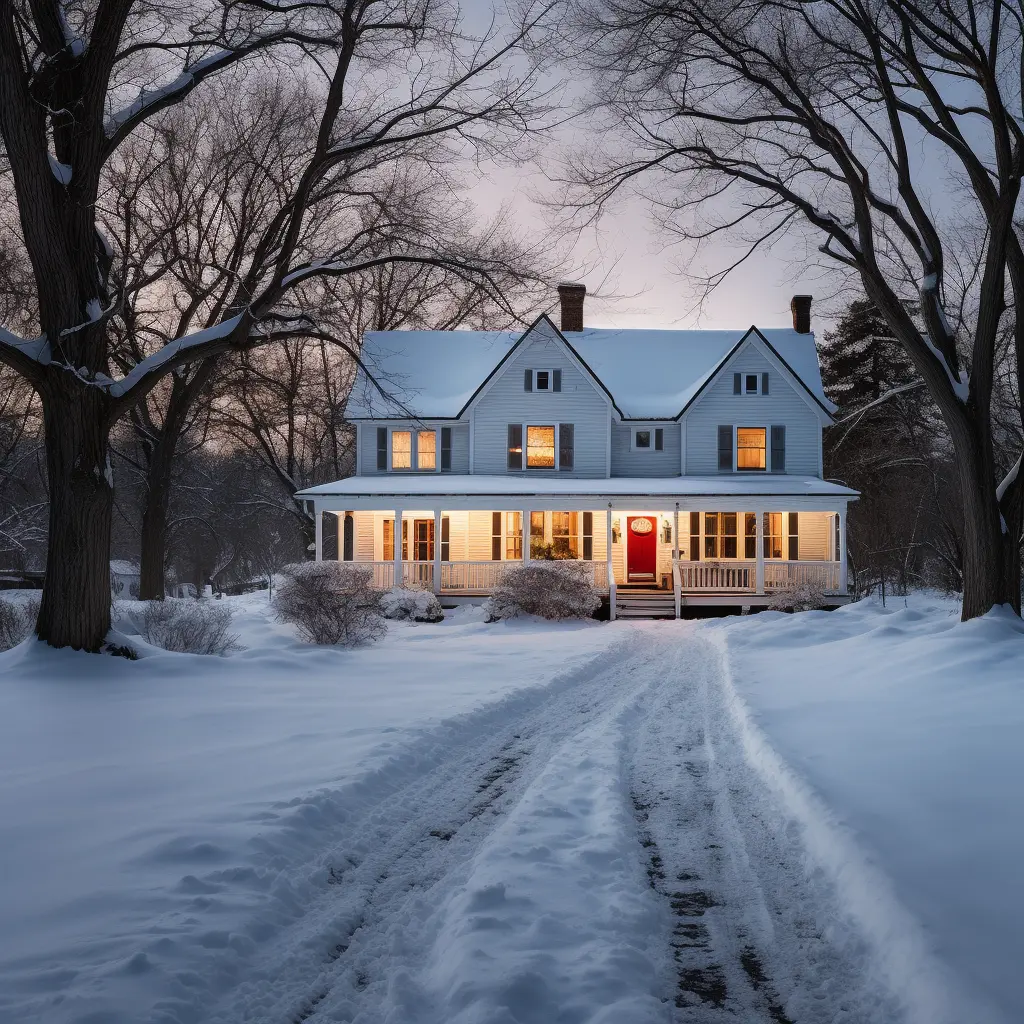
Insulation and Sealing: The Silent Protectors
One of the most significant factors affecting your home's energy efficiency is its insulation. Proper insulation slows down the rate at which heat leaves your home in winter and enters your home in summer. This makes it a critical factor in maintaining a comfortable temperature in your home.
If there is ONE upgrade that we think everybody should make, it's upgrading your insulation and making sure the gaps in your home are sealed. It's relatively cheap, and in the long term pays for itself. Besides, who doesn't want to be comfortable and curled up on their sofa on a brutally hot summer day or frigid winter night? If you're house is older, there's more than a small chance that you'll need to upgrade the insulation, but don't worry, an energy efficient old house is possible.
Did you know that a poorly insulated home can lose up to 25% of its heat through the roof? Heat loss can also occur through walls, floors, and windows. By improving the insulation in your home, you can keep the heat where it belongs and significantly reduce your heating and cooling costs. Moreover, insulation is a one-time investment that will benefit your home for years to come.
In tandem with insulation, it's also important to address air leakage. Drafts from windows, doors, and other openings can account for up to 20% of heating and cooling losses. By sealing these air leaks, you can further improve your home's energy efficiency.
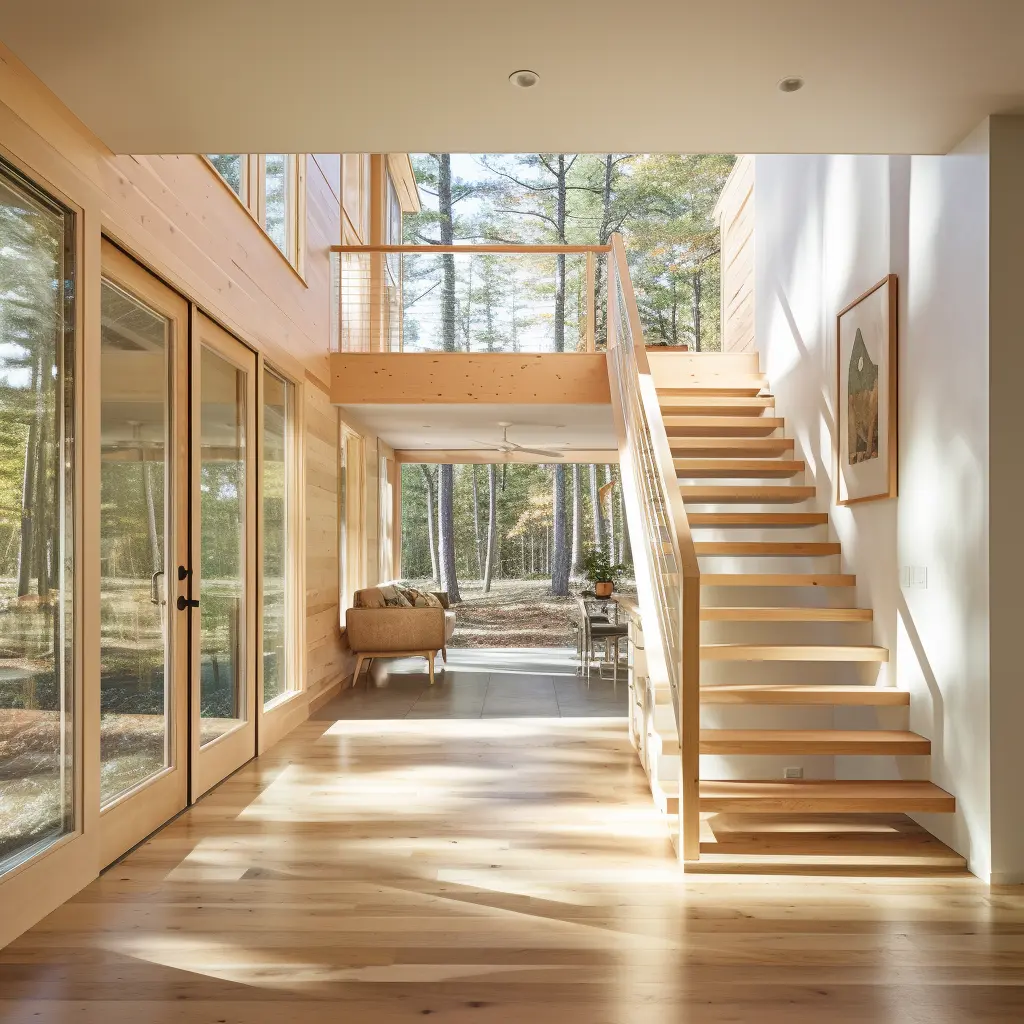
Energy-Efficient Windows: A Clear View to Savings
The type of windows you have in your home can make a significant impact on your energy costs. If your windows are old or inefficient, they could be letting a lot of heat escape in the winter and letting too much heat in during the summer. This could cause your HVAC system to work harder than necessary, leading to higher energy costs.
Energy-efficient windows, on the other hand, are designed to prevent your heated or cooled air from escaping your home. They use technologies such as double-glazing and low-E coatings to reduce heat transfer, thus helping maintain a comfortable temperature in your home year-round. Moreover, they also reduce the amount of UV radiation entering your home, which can fade fabrics, carpets, and even cause skin damage.
While the upfront cost of energy-efficient windows can be high, they can save you money in the long run by reducing your energy costs.
HVAC System: The Heart of Your Home
Your heating, ventilation, and air conditioning (HVAC) system plays a vital role in your home's energy efficiency. An old, inefficient HVAC system can consume a lot of energy, driving up your utility bills. Check out our article to figure out whether or not you should upgrade your old HVAC or wait.
When choosing an energy-efficient HVAC system, consider its Seasonal Energy Efficiency Ratio (SEER), Annual Fuel Utilization Efficiency (AFUE), and Energy Efficiency Ratio (EER). The higher these ratings, the more energy-efficient the system is.
Regular maintenance is also crucial to keep your HVAC system running efficiently. Remember to replace your air filters regularly, and consider having a professional tune-up your HVAC system at least once a year.
Energy-Efficient Appliances: Smarter Choices for Your Home
Your choice of appliances can also have a significant impact on your home's energy consumption. Energy-efficient appliances are designed to use less energy to accomplish the same tasks as traditional appliances.
Look for appliances with the ENERGY STAR label, which signifies that they meet strict energy efficiency guidelines set by the U.S. Environmental Protection Agency and the Department of Energy. These appliances can include everything from refrigerators and dishwashers to washing machines and dryers.
Remember, energy-efficient appliances may cost more upfront, but they can save you more money in the long run through reduced energy costs.
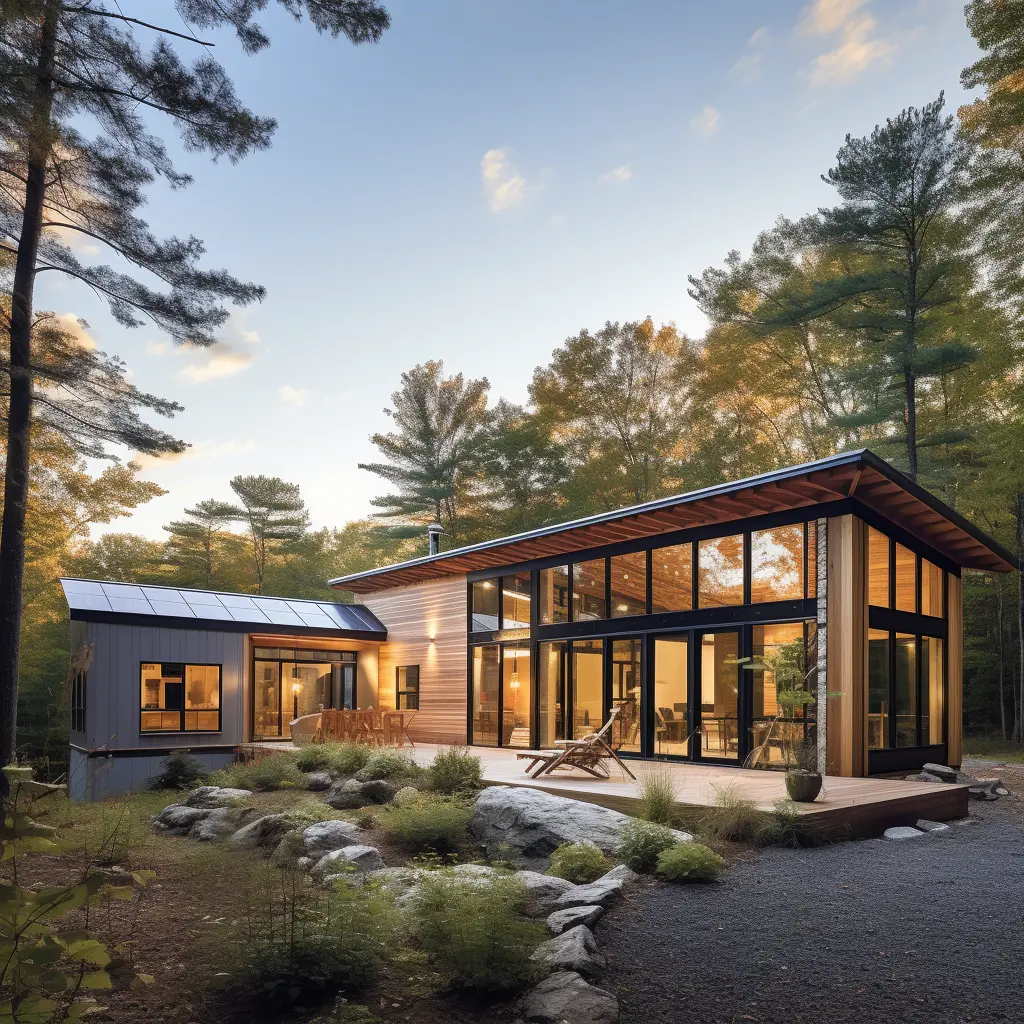
Renewable Energy: Harnessing the Power of Nature
Once you've taken steps to make your home more energy-efficient, you might want to consider incorporating renewable energy. Installing solar panels or a wind turbine on your property can provide clean, renewable energy for your home, reducing your reliance on fossil fuels.
While the initial cost of installing renewable energy systems can be high, various incentives, grants, and tax credits can make them more affordable. Plus, generating your own energy can significantly reduce your utility bills and even allow you to sell excess energy back to the grid in some areas. The Inflation Reduction Act includes $391 billion to support clean energy.
Landscaping: Your Natural Ally for Energy Efficiency
Thoughtful landscaping can also improve your home's energy efficiency. In summer, trees can provide shade and help keep your home cool, while in winter, evergreens can serve as windbreaks and reduce wind chill.
Choose native plants for your landscape. They are adapted to local conditions, require less water, and are more resistant to pests and diseases, reducing the need for water and chemical use.
Remember, smart landscaping is about more than just planting trees. Consider factors such as the orientation of your home, local climate conditions, and the types of plants that are native to your area.
Water Conservation: Every Drop Counts
Conserving water can also lead to energy savings. It takes a significant amount of energy to heat water. Therefore, by reducing water usage, you also reduce the energy required to heat it.
There are many ways to conserve water, such as installing low-flow showerheads and faucets, using a rain barrel to collect water for landscaping, or installing a water-efficient washing machine or dishwasher.
Don't overlook minor leaks either. A single leaky faucet can waste hundreds of gallons of water each year.
Energy-Efficient Lighting: Let There Be (Efficient) Light
Switching to energy-efficient lighting is another easy way to save energy. LED bulbs use significantly less energy than traditional incandescent bulbs and last much longer. Plus, they are available in a wide range of colors and brightness levels, so you can find the right light for every room in your home.
Consider using smart lighting systems that allow you to control your lights remotely or set schedules for when your lights should be on or off. Not only can this make your home more energy-efficient, but it can also add a layer of convenience and security.
The Bottom Line: Making Your Home More Energy-Efficient
Improving the energy efficiency of your home is not just about saving money. It's also about creating a comfortable living environment, reducing your carbon footprint, and increasing your home's value. While it may require some upfront investment, the long-term savings, both financially and environmentally, make it a worthwhile endeavor.
Remember, every home is unique. What works best for your home will depend on factors like its size, location, and existing energy usage. Start by auditing your home to identify areas where energy is being wasted, and then prioritize improvements based on your budget and goals.
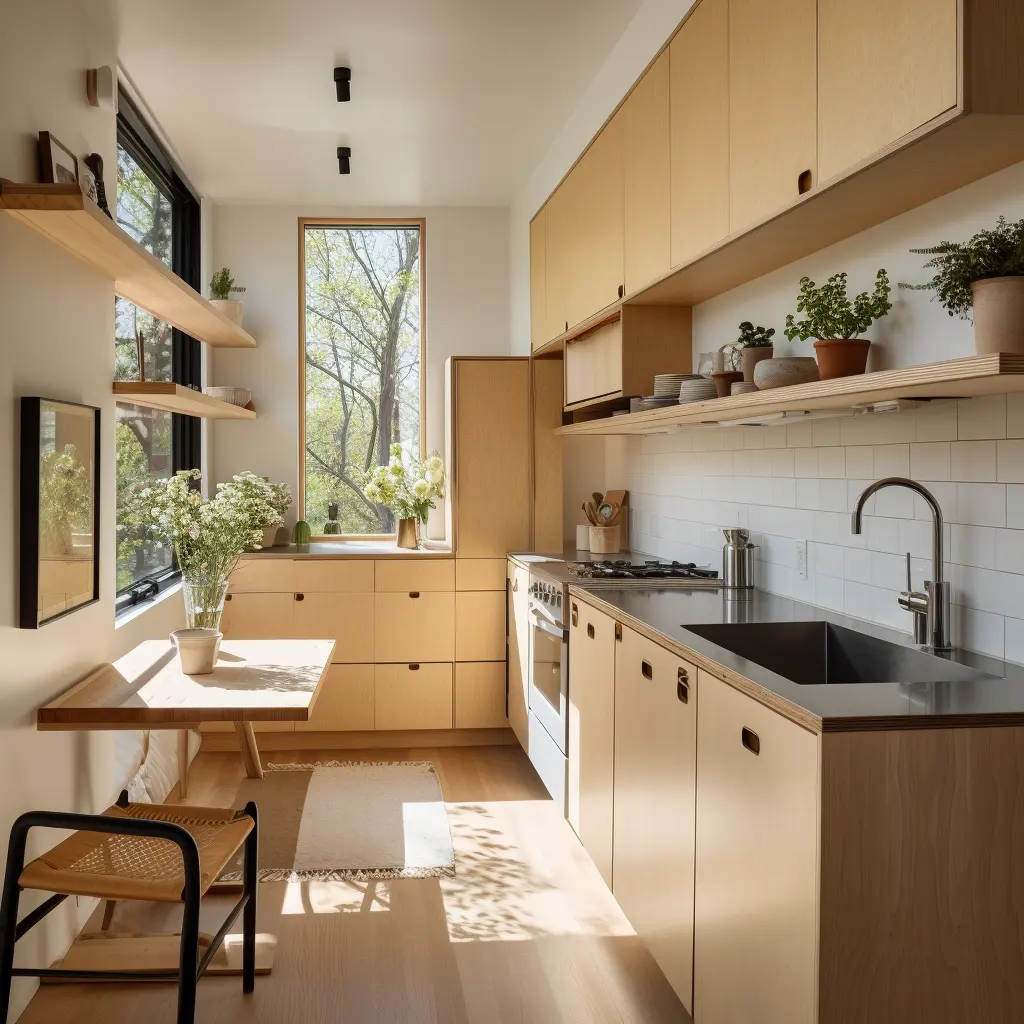
Renovate with EcoHome
EcoHome empowers homeowners to confidently build healthy and comfortable homes for a fair price.
Sign UpLocations View All →
NY
- Albany
- Binghamton
- Buffalo
- Esopus
- Freeport
- Hempstead
- Highland
- Kingston
- Long Beach
- Marlboro
- Mount Vernon
- New Paltz
- New Rochelle
- New York City
- Niagara Falls
- North Tonawanda
- Olivebridge
- Plattekill
- Rochester
- Rome
- Saugerties
- Schenectady
- Shandaken
- Syracuse
- Troy
- Utica
- Valley Stream
- Wallkill
- Woodstock
- Yonkers
NJ
- Bayonne
- Brick
- Camden
- Cherry Hill
- Clifton
- East Orange
- Edison
- Elizabeth
- Jersey City
- Lakewood
- Middletown
- Newark
- Old Bridge
- Passaic
- Paterson
- Toms River
- Trenton
- Union City
- Woodbridge
CT
PA
- Allentown
- Altoona
- Bethel Park
- Bethlehem
- Chester
- Easton
- Harrisburg
- Hazleton
- Lancaster
- Lebanon
- Monroeville
- Philadelphia
- Pittsburgh
- Reading
- Scranton
- Wayne
- Wilkes Barre
MD
- Abingdon
- Baltimore
- Bethesda
- Bowie
- Columbia
- Dundalk
- Ellicott City
- Frederick
- Gaithersburg
- Germantown
- Glen Burnie
- Potomac
- Rockville
- Severn
- Silver Spring
- Towson
- Waldorf

